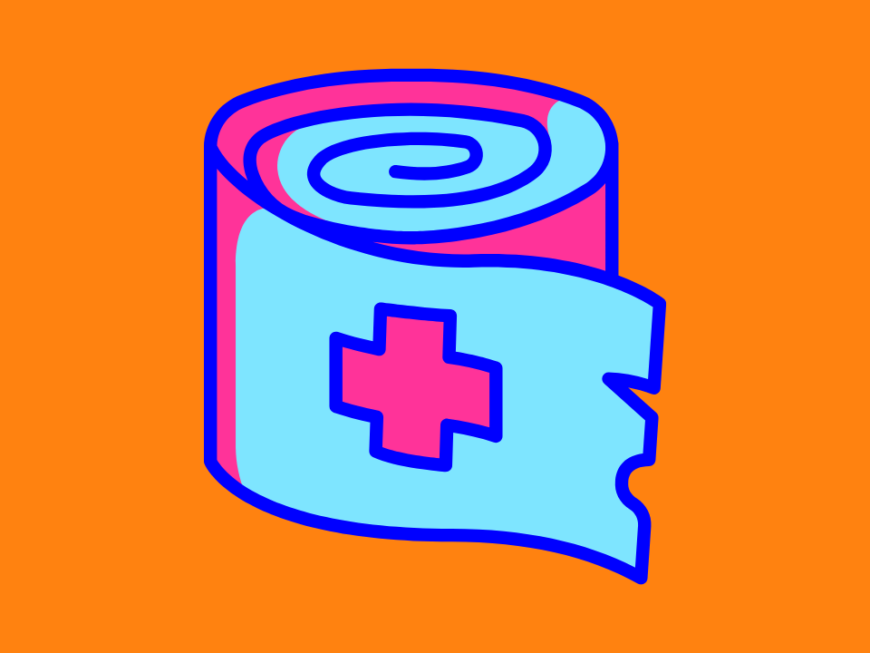Locking down at home was nothing new for many workers.
As caregivers, some of us had been in quasi lockdown for years before 2020, unable to leave the house for more than 1-2 hours to meet the needs of loved ones requiring constant care.
That said, at one point while caregiving for my father it was looking like I might swing a part-time job. But Dad got a small bedsore needing wound care that stopped that.
Wound care is done by a nurse, and care agencies near me were billing for nursing services in 4-hour blocks at around $75/hour.
In my father’s case, that would have meant paying $300 for less than 15 minutes for someone to gather supplies, clean his wound and apply a bandage. Multiply $300 by 3 times a week (at minimum), and soon wound care is costing thousands of dollars a month—more than I would have made in the gigs that I was considering.
Math-wise alone, working outside the home wouldn’t have been worth it.
And even if it’d been economically feasible, it wasn’t practically doable because of the near impossibility of coordinating a nurse’s and home care aide’s schedules (so the latter could hold my father in place while the former tended to his wound).
The most workable plan for treating my father’s bedsore was me staying at home to be there when an aide arrived and doing wound care myself, with input from a hospice nurse who saw my dad once a week.
I’m confident that my situation wasn’t unique and that wound care holds large numbers of workers hostage at home. If not now, there’s a good chance it will later:
Millions of Americans have chronic wounds, and that number is expected to rise given our aging population and climbing diabetes and obesity rates.
People 85+ are the fastest-growing age group in the U.S. and elders are prone to bedsores because of their thinning skin. And diabetes and obesity are leading drivers of skin ulcers.
Compounding all that is an insufficient wound care workforce, “mainly because comprehensive wound care training is rarely included during college training of all disciplines,” according to an article on vanurse.org.
Beyond building a better trained and more accessible wound care workforce, …
Neighbor-driven care communities / villages might allow workers stuck at home because of wound care to go get jobs.
If a few families in a neighborhood need nursing services, they might all be served during the minimum hours billed and split the cost—like I said, my father needed around 15 minutes of wound care at a time.
And if the nurse is hired for fixed hours in the morning, for example, a family caregiver can be on hand to assist, if needed, and work a part-time job in the afternoon.
And a village might reduce the need to hire a nurse in the first place.
Before I explain, I’ll say that I was not immune to care aides entering my home and all but blaming my father’s various bedsores on me. “You need to move him every two hours (to relieve pressure points),” they’d chide me.
First of all, my father had been bedbound for years and I pat myself on the back for him having as few bedsores as he did (5 as I recall) and for all but the last two (when he was nearing death) healing so fast that nurses asked me my secrets.
Secondly, the friction of a sheet rubbing on skin can cause a bedsore.
So again, I take pride in my father having as few bedsores as he did.
Admittedly, I would have repositioned him more if a rotation of villagers had been around to help me lift him. This may have spared my dad a sore, but I won’t beat myself up about it.
The best way to break free of wound care is to avoid it in the first place or shorten the duration with a secret weapon: nutrition.
Nutrition is key in wound healing.
Without protein, for starters, the body lacks what it needs to repair itself. This post is already plenty long so I’ll share what I did to keep my father’s skin intact and beautiful next time.


Published by